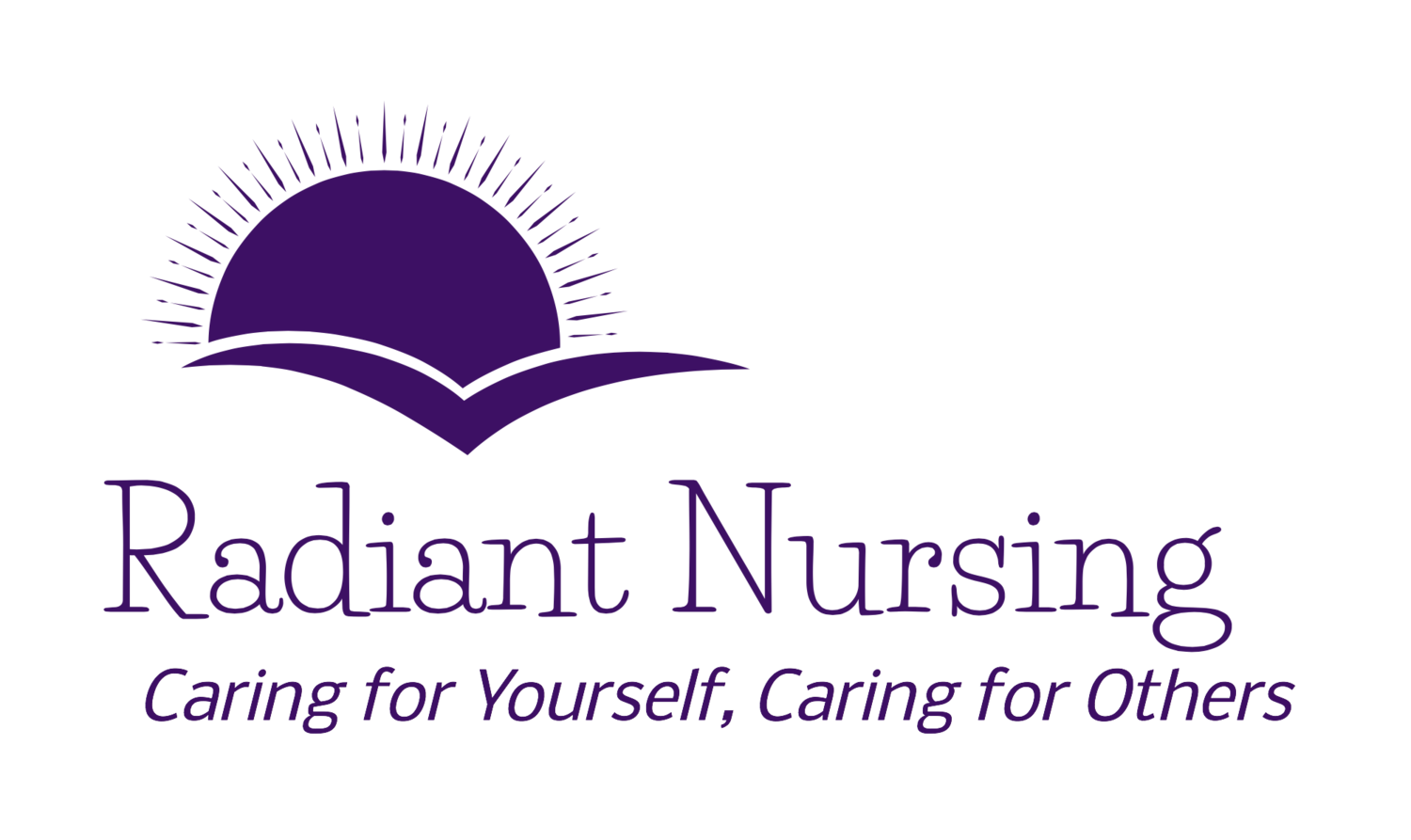Baking Bread
/Homemade Bread
“Breadbaking is one of those almost hypnotic businesses, like a dance from some ancient ceremony.
It leaves you filled with one of the world’s sweetest smells... there is no chiropractic treatment, no Yoga exercise, no hour of meditation in a music-throbbing chapel that will leave you emptier of bad thoughts than this homely ceremony of making bread.”
The smell of homemade bread wafting in your home provides a sense of warmth and comfort and the promise of good food. The odor of baking bread can elicit feelings of well-being.
What makes bread smell so good? The little yeast critters are an important factor. They produce chemicals during baking that break down into delicious-smelling aromatics. The key aroma compounds create between eight and 12 notes which create the familiar smell of bread.
Bake Your Own Bread
Making your own bread at home is pretty straight forward with a bread pot by Emile Henry. Directions to make this tasty bread are included with your purchase. The wonderful lidded pot turns bread-baking into a straight-forward, no frills process. Something all of us can do.
Proof And Rise
“Bread deals with living things, with giving life, with growth, with the seed, the grain that nurtures.
It’s not coincidence that we say bread is the staff of life.”
Mix together the ingredients: flour, salt, yeast and water. That’s it. Simple.
Allow the dough to proof and rise.
Those ingredients take on a life of their own over the next 12 to 18 hours. The instructions say 18 hours is ideal, gives the dough time to develop its personality, don’t you know.
Such a delightful idea to have a little food-being in a creation process sitting on the counter whilst you run about doing other things.
Once the rise is done, the dough needs a couple of folds, another rest of about 2 hours, and then the dough is dropped into the pre-heated bread pot. Only baking remains. It’s a no-knead bread.
Light With Your Food
For students of The Radiance Technique® (TRT®), you can bring extra light to your bread-making skills. Place your hands on the outside of your bowl when it’s full of ingredients, or while the dough is rising.
As the dough rises, you can share a cosmic symbol with your future bread when you happen to walk by. Just saying hello! Of course, when you handle bread dough, folding it, kneading it, you are bringing radiant energy to your food with your Radiant Touch®.
When it’s time to eat, you can place a hand in your heart to remind yourself of gratitude for our food and blessings.
Freezing Bread
Bear in mind, this bread has no stabilizers or preservatives, so it doesn’t do well sitting out on a counter past two days. If you have a small family and you can’t eat it all in a couple of days, you can freeze your bread. It’s ideal to freeze it while newly fresh.
Once it is completely cooled, slice it up and place in a plastic bag that you can seal tightly, then pop into your freezer. If you slice it before freezing, then you can take out slices as you need them. The bread thaws out in a flash and it’s great for toast.
Enjoy Your Bread
“Here is bread, which strengthens man’s heart, and therefore is called the staff of Life. ”
Time to enjoy your bread. Make sure you have a sharp, serrated bread-slicing knife. You don’t want a dull knife squishing down your lovely loaf.
You can top your bread with a slice of Kerrygold Pure Irish Butter, made with grass-fed cow’s milk. A pure bread-and-butter treat.
Maybe you’ll want to use your bread to sop up some broth or stew. Or, perhaps, you wish to savor the unsullied freshness of your homemade bread and eat it plain, relishing in its chewy crust.
Bon Appétit.
Radiant Nursing is not affiliated with Emile Henry or Kerrygold.
Bread photos taken by Radiant Nursing w/smartphone.






